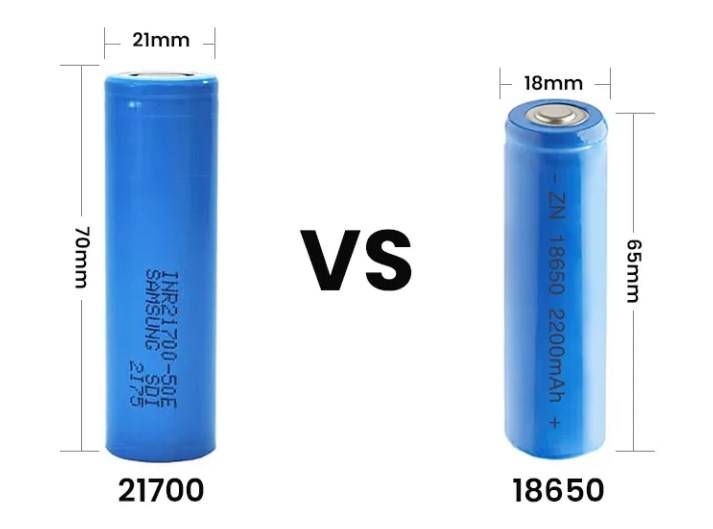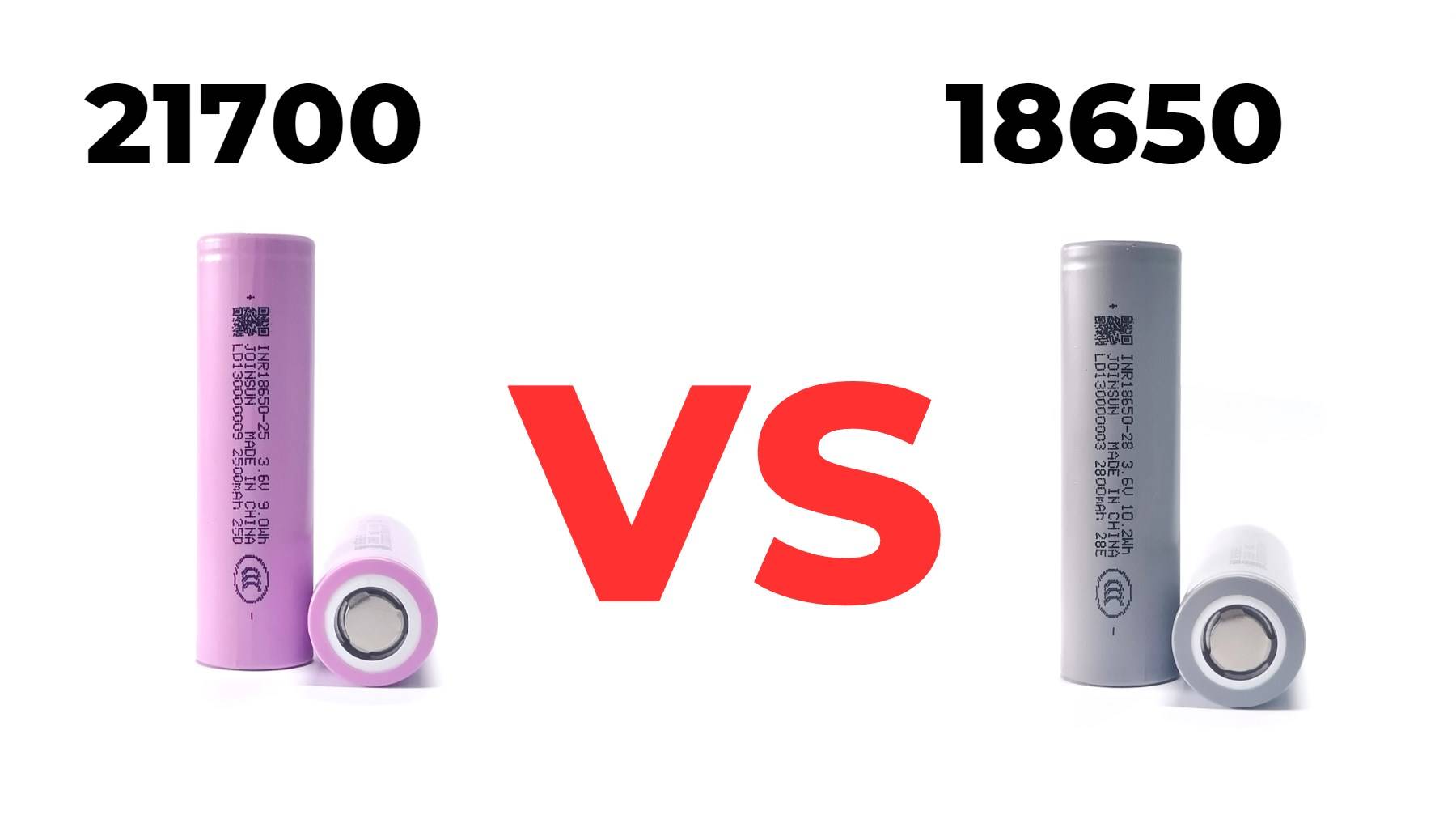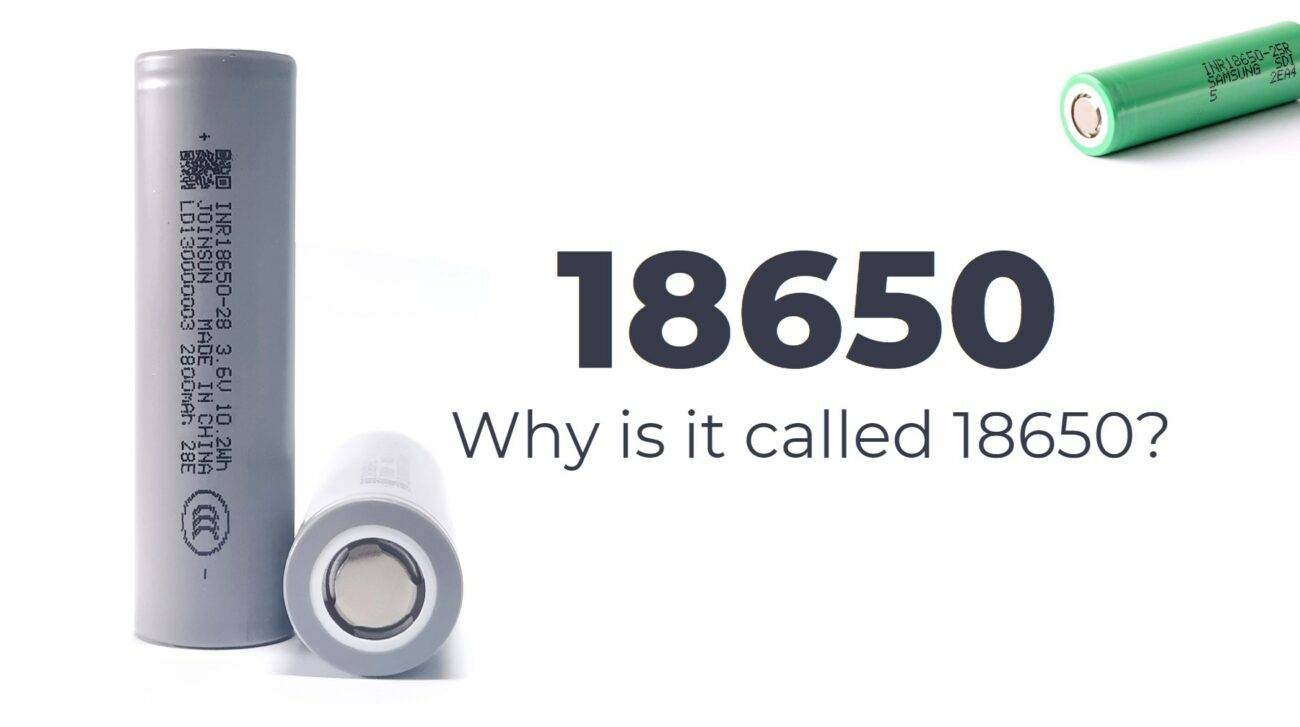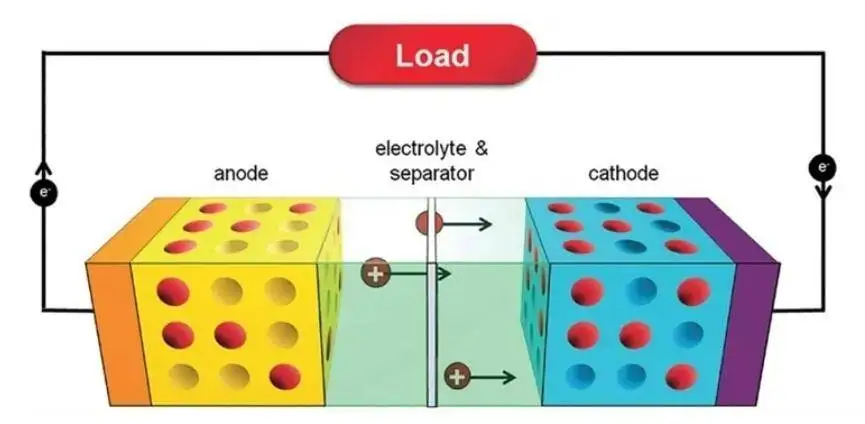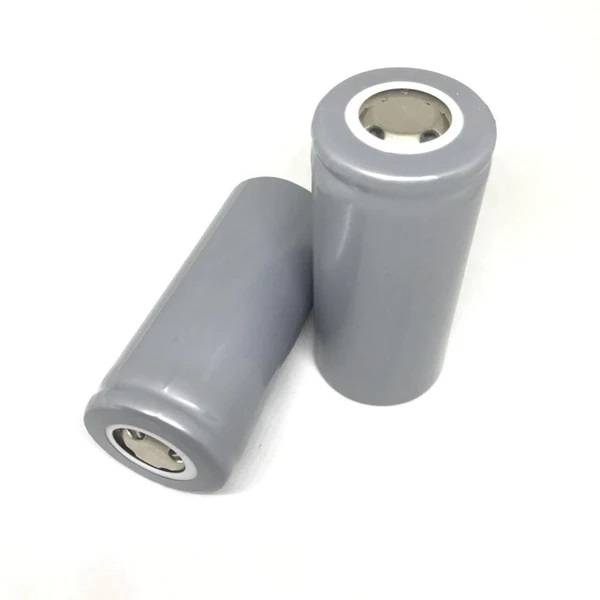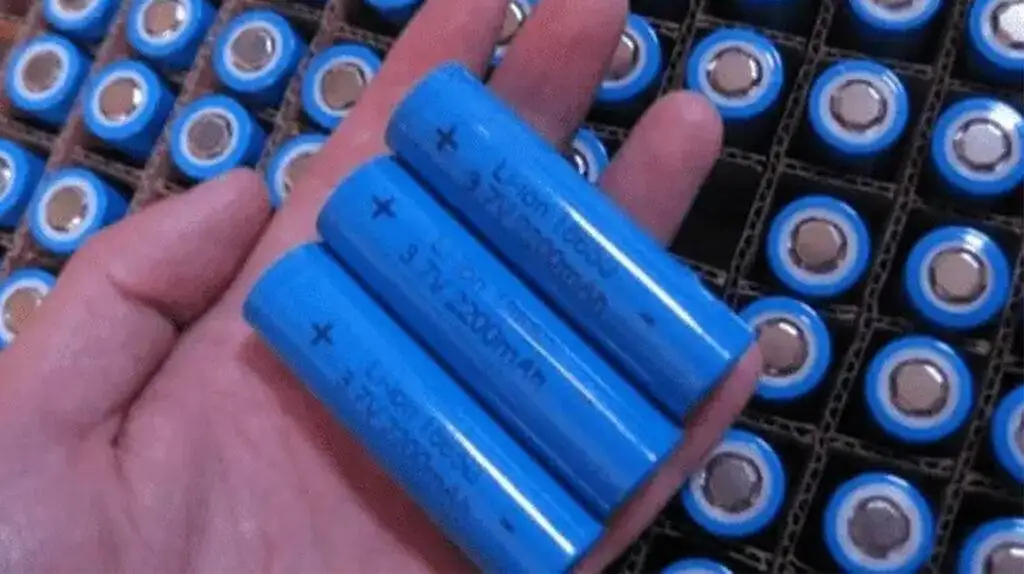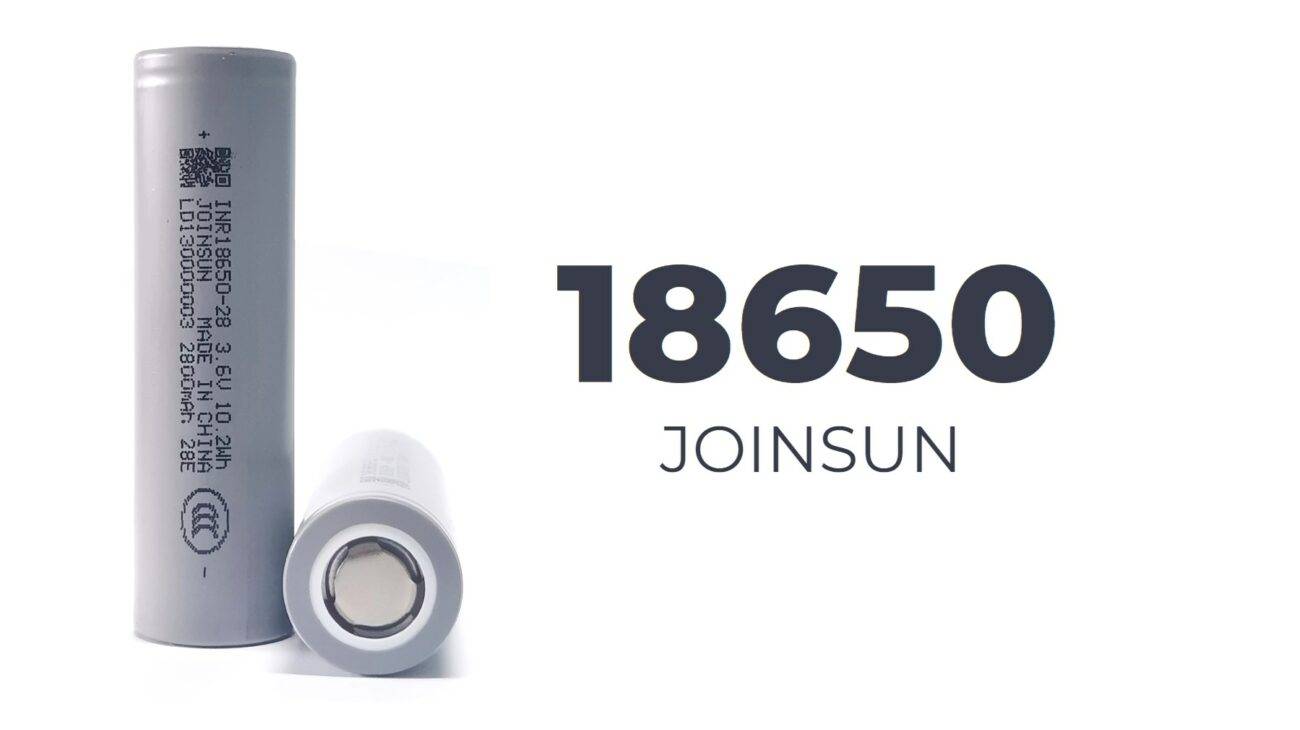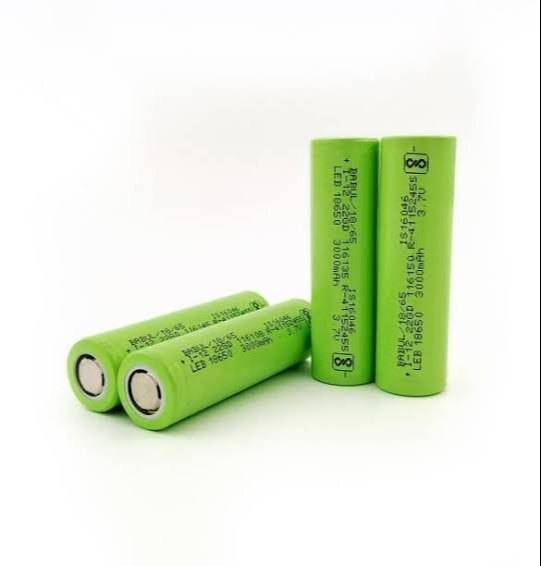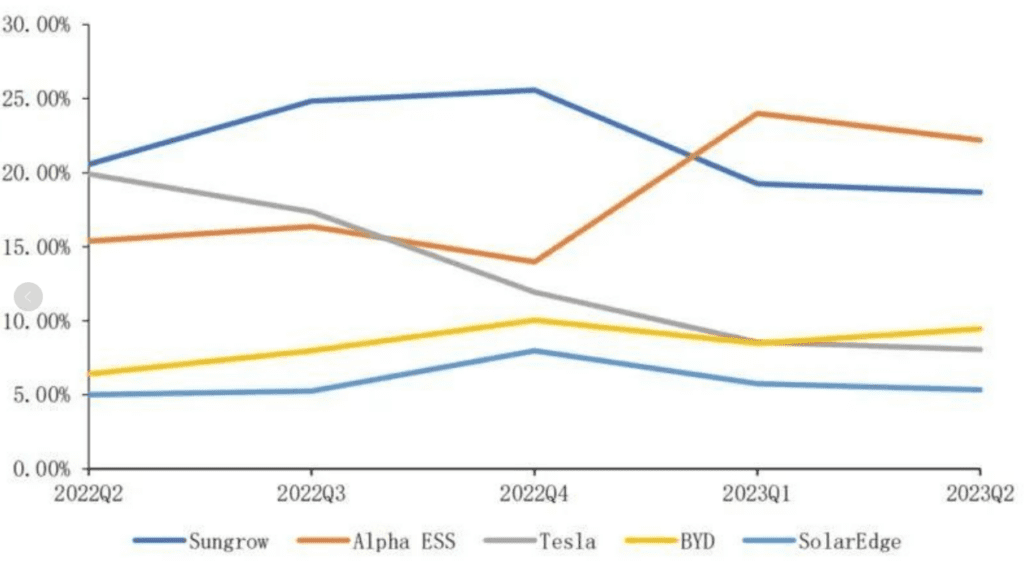In the realm of rechargeable batteries, choosing between the 21700 and 18650 types can significantly impact device performance and longevity. This detailed comparison aims to provide a comprehensive overview of both battery variants, highlighting their specifications, advantages, manufacturing processes, applications, and leading manufacturers.
What is a 21700 Battery?
A 21700 battery is a type of lithium-ion rechargeable cell, distinguished by its 21mm diameter and 70mm length dimensions. These batteries have gained prominence due to their higher energy density, longer operational times, and enhanced performance under heavy loads. The construction typically involves cylindrical electrodes, commonly nickel-cobalt-manganese or lithium-nickel-manganese-cobalt-oxide, rolled into a jellyroll shape and housed in a metal casing.

Advantages of 21700 Cells
The advantages of 21700 cells are numerous:
- Increased Energy Density: Enables higher capacity and longer run times.
- Enhanced Power Output: Ideal for high-drain devices like electric vehicles and power tools.
- Improved Safety Features: Greater thermal stability and reduced risk of overheating.
How to Make 21700 Cells
Manufacturing 21700 cells involves intricate steps:
Types of 21700 Cells in the Market
Various types cater to different needs:
- High-Capacity: For energy-intensive applications.
- High-Power: Quick bursts of energy (e.g., vaping).
- Protected: Enhanced safety features.
- Low-Temperature Performance: Reliable in extreme cold.
Typical Applications of 21700 Cells
21700 cells find use in:
- Electric Vehicles: Tesla’s Model 3 employs these batteries for extended range.
- Drones: Longer flight times for aerial applications.
- Power Tools: Sustained high-performance operation.
Leading Producers of 21700 Cells
Key manufacturers include Tesla, Samsung SDI, LG Chem, and Panasonic, renowned for their high-quality production and innovation.
What is an 18650 Battery?
The 18650 battery is another lithium-ion variant, characterized by its 18mm diameter and 65mm length. Despite being older, it remains popular for its high energy density, compact size, and versatile applications in consumer electronics, power tools, and electric vehicles.
Advantages of 18650 Cells
18650 cells offer:
- Availability and Affordability: Widely produced and cost-effective.
- Compact Size: Fits various devices without compromising on performance.
- High Energy Density: Ideal for long-lasting applications.
How to Make 18650 Cells
Manufacturing 18650 cells involves:
- Assembly of electrodes and separator materials into jelly rolls.
- Insertion into cylindrical casings with electrolyte solution.
- Sealing and rigorous quality checks for safety and performance.
Types of 18650 Cells in the Market
Variants include high drain, protected, and different chemistries like Li-ion and NiMH, each suited to specific operational needs.
Typical Applications of 18650 Cells
18650 cells excel in:
- Consumer Electronics: Laptops, smartphones, and portable power banks.
- Power Tools: Drills and saws requiring high energy output.
- Electric Vehicles: Contribution to battery packs for reliable propulsion.
Leading Producers of 18650 Cells
Prominent manufacturers include Panasonic, Samsung SDI, LG Chem, and Sony Energy Devices Corporation, recognized for their reliability and technological advancements.
Choosing Between 21700 and 18650 Batteries
Choosing between these batteries hinges on:
- Energy Requirements: Higher capacity or compact size.
- Cost Considerations: Affordability and availability.
- Application Specifics: Compatibility and performance demands.
In conclusion, both 21700 and 18650 batteries offer distinct advantages suited to various applications. Understanding their differences and evaluating specific needs will empower informed decision-making, ensuring optimal performance and efficiency in battery-powered devices.
